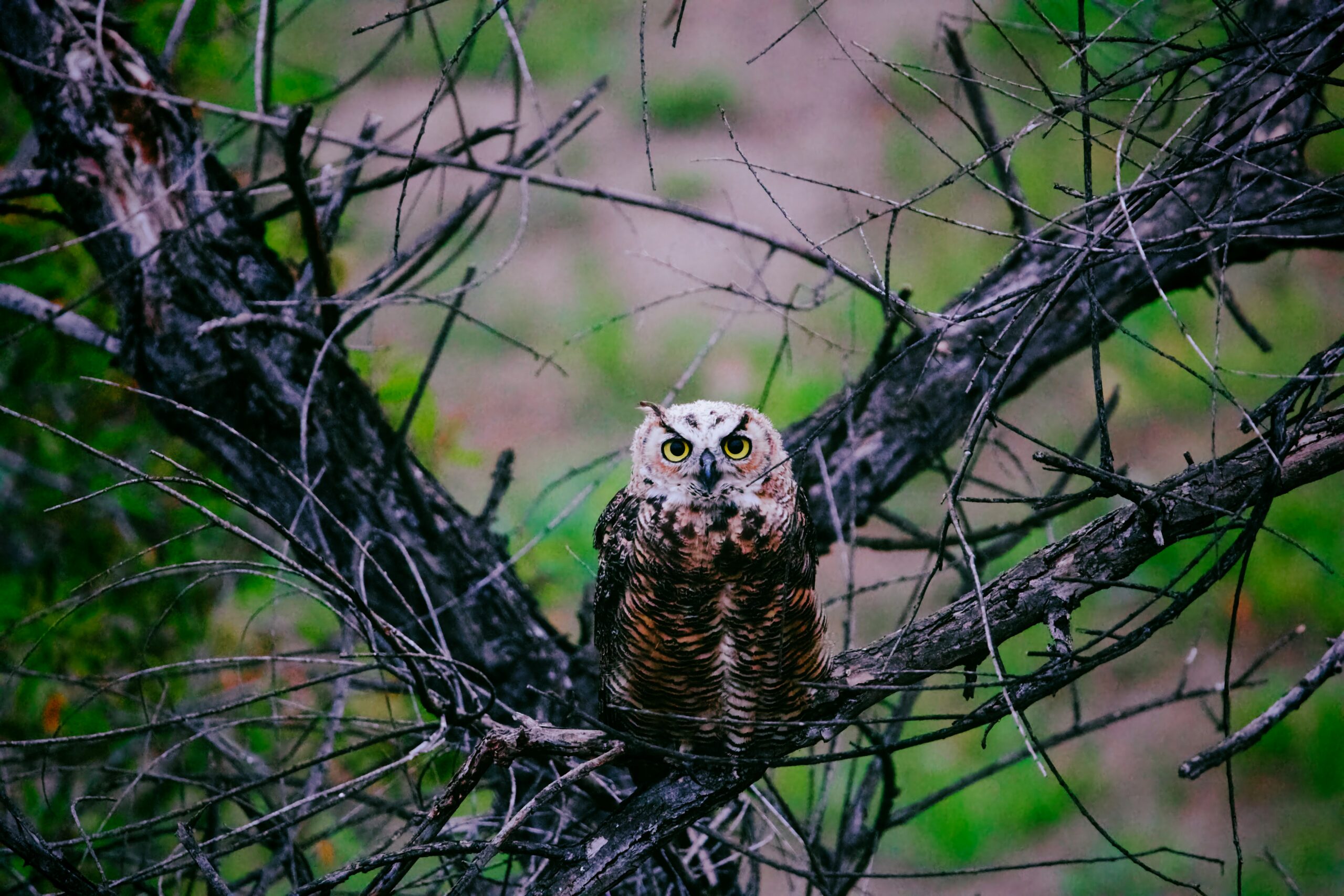Have you ever wondered what your beloved furry friend is trying to tell you? Pets, just like humans, communicate through body language, and understanding their cues can strengthen the bond between you and your animal companion.
1. Tail Wagging: More Than Just Happiness
While a wagging tail is often associated with happiness in dogs, it’s essential to pay attention to the speed and direction of the wag. A fast wag with a high tail could indicate excitement or even aggression, while a slow wag may signal uncertainty or insecurity.
2. Purring: The Cat’s Contentment Signal
Contrary to popular belief, cats don’t only purr when they’re happy. They may also purr when they’re in pain, anxious, or seeking comfort. Pay attention to the context and other body language cues to understand what your feline friend is trying to convey.
3. Ears: Windows to Your Pet’s Emotions
Whether they’re perked up, flattened, or turned sideways, your pet’s ears can provide valuable insights into their emotional state. For instance, flattened ears in dogs may indicate fear or submission, while forward-facing ears often signal alertness or curiosity.
4. Eye Contact: Trust and Connection
Eye contact plays a crucial role in communication between humans and animals. Maintaining gentle eye contact with your pet can convey trust and affection. However, prolonged staring or dilated pupils may be perceived as threatening in the animal world.
5. Vocalizations: Beyond Meows and Barks
From chirps and growls to barks and meows, each vocalization serves a purpose in your pet’s communication repertoire. Pay attention to the tone, pitch, and frequency of their vocalizations to decipher their underlying emotions and needs.
6. Body Posture: The Silent Messenger
Whether they’re crouching low to the ground or standing tall and proud, your pet’s body posture can reveal a wealth of information about their mood and intentions. Learning to interpret their subtle cues can help you respond appropriately and strengthen your bond.
By paying close attention to your pet’s body language and cues, you can deepen your understanding of their needs, emotions, and preferences. Remember, effective communication is a two-way street, and building a strong connection with your animal companion requires patience, empathy, and a willingness to listen.
So, the next time you interact with your pet, take a moment to observe their body language and consider what they might be trying to tell you. You might be surprised by the depth of the conversation you can have without saying a word.



